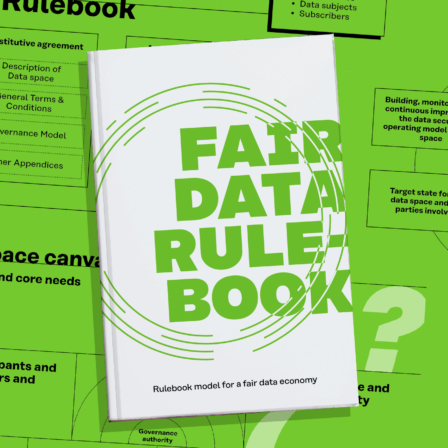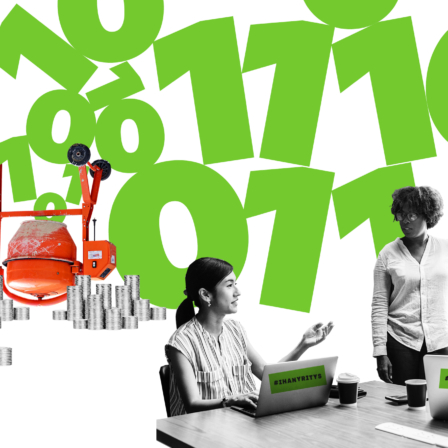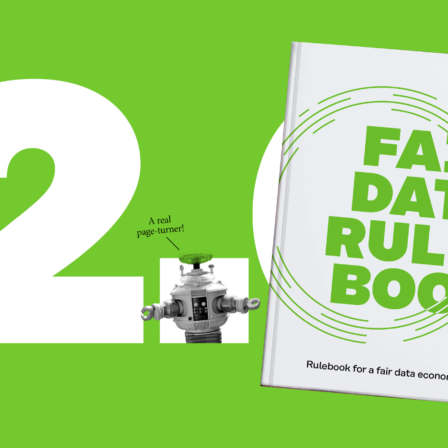A data network is a group of parties that want to create new business by sharing data with each other. Data is shared with the individual’s permission and according to the rules set in the data network’s rulebook. A network that follows fair rules creates value for all participants. Data can be shared in the network more freely, transparently and safely.
The main roles of the data network members are as follows.
- An end user uses services and the value created by the data network.
- A service provider creates value in the data network by offering services to the end user.
- A partner creates value in the data network by offering services to the service provider.
- A data source offers data and looks for added value in the data network.
- A technical facilitator provides the data network with specialist services concerning identity, consent and log data management, and service management.
- Other stakeholders are parties that have a special interest in the operations of the data network.
- A leader co-ordinates the operations of the data network.
Data networks are needed for ensuring that data moves smoothly from one organisation to another and that all network members benefit from the co-operation. Networks get siloed data moving between different parties and sectors and makes it available to as many people as possible. In the network, data can be combined from various sources.
The smooth sharing of data boosts innovation, new business, co-operation opportunities and the creation of better services and products. In addition, the service provider gets a better overview of the customer, with the customer’s permission.
Data networks are needed for ensuring that data moves smoothly from one organisation to another.
An example of a service produced in a data network is a customised, healthy and tasty meal delivered to a customer’s seat on a train. The customer gives their permission to the service provider, who retrieves the customer’s data from different sources: 1) shopping data; what the customer buys and likes (meatballs, for example); 2) health data; what kind of allergies and illnesses the customer has (high blood pressure); and 3) physical activity data; what kind of training programme the customer follows (need for protein). By combining data from various data sources, the service provider delivers a healthy meal to the customer, based on the customer’s dietary habits and taking high blood pressure into account.
Tools paving the way to trust-based data networks
In our IHAN fair data economy project, we produce practical tools and tips for creating data networks. We have created the concept for a series of workshops with four themes: roles, business models, the rulebook and technical solutions.
The first workshop focuses on the shared vision and goals, the main roles, the value matrix and required data. In the second workshop, role-based business models, data and value flows and shared capabilities are discussed. The third workshop presents the data network business model in the agreement form as well as the responsibilities, obligations and roles of different parties. The last workshop concentrates on interfaces, data content and format, and the technical section of the rulebook.
We have piloted the first role-focused workshop together with several private and public parties. The topics of the data network workshops have ranged from the prevention of disability to total asset management and from research into the effectiveness of medication in daily life to value-based healthcare.
Expertise has been gained on the creation and development of data networks as well as their operation and value creation. We share accumulated expertise through blogs and materials, among other means. The lessons learned are also used in the fair data economy corporate programme (in Finnish), targeted at SMEs. The application period for the programme will begin in March.
This is the first part of a blog series on data networks. In the next part, we will tell you how to get started with your own data network. We will go through the content of the first data network workshop and offer tips for creating a data network.

















Recommended
Have some more.